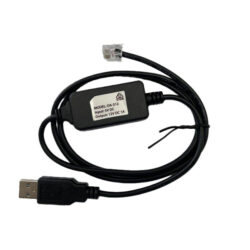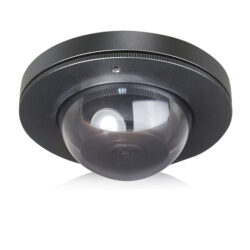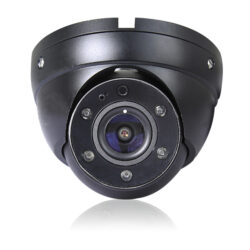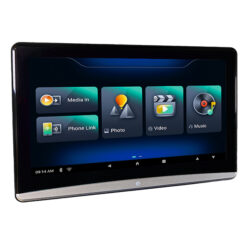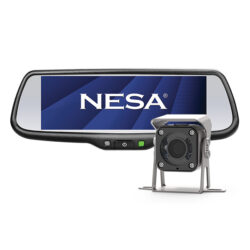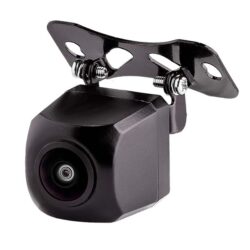To understand how radar detectors work, you first have to know what they’re detecting.
The concept of measuring vehicle speed with radar is very simple.
A basic speed gun is just a radio transmitter and receiver combined into one unit. A radio transmitter is a device that oscillates an electrical current so the voltage goes up and down at a certain frequency. This electricity generates electromagnetic energy, and when the current is oscillated, the energy travels through the air as an electromagnetic wave. A transmitter also has an amplifier that increases the intensity of the electromagnetic energy and an antenna that broadcasts it into the air.
A radio receiver is just the reverse of the transmitter: It picks up electromagnetic waves with an antenna and converts them back into an electrical current. At its heart, this is all radio is — the transmission of electromagnetic waves through space.
Radar is the use of radio waves to detect and monitor various objects.
The simplest function of radar is to tell you how far away an object is. To do this, the radar device emits a concentrated radio wave and listens for any echo. If there is an object in the path of the radio wave, it will reflect some of the electromagnetic energy, and the radio wave will bounce back to the radar device. Radio waves move through the air at a constant speed, so the radar device can calculate how far away the object is based on how long it takes the radio signal to return. Radar measures the speed of an object, due to a phenomenon called Doppler shift. Like sound waves, radio waves have a certain frequency, the number of oscillations per unit of time. When the radar gun and the car are both standing still, the echo will have the same wave frequency as the original signal. Each part of the signal is reflected when it reaches the car, mirroring the original signal exactly. But when the car is moving, each part of the radio signal is reflected at a different point in space, which changes the wave pattern. When the car is moving away from the radar gun, the second segment of the signal has to travel a greater distance to reach the car than the first segment of the signal.
If the car is moving toward the radar gun, the second segment of the wave travels a shorter distance than the first segment before being reflected. As a result, the peaks and valleys of the wave get squeezed together: The frequency increases. Based on how much the frequency changes, a radar gun can calculate how quickly a car is moving toward it or away from it. If the radar gun is used inside a moving police car, its own movement must also be factored in. For example, if the police car is going 60Kph and the gun detects that the target is moving away at 20Kph, the target must be driving at 80Kph. If the radar gun determines that the target is not moving toward or away from the police car, then the target is driving at exactly 60Kph. Police officers have been catching speeders this way for more than 50 years.
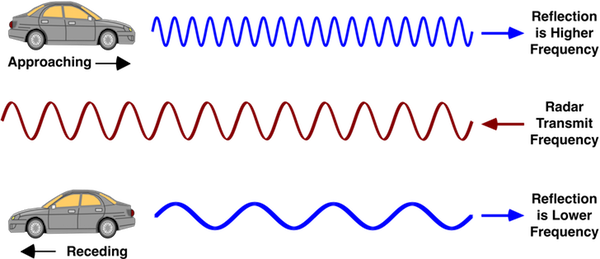
More recently police started using laser guns. The basic element in a laser speed gun, also called a LIDAR gun (for light detection and ranging), is concentrated light. The LIDAR gun clocks the time it takes a burst of infrared light to reach a car, bounce off and return back to the starting point. By multiplying this time by the speed of light, the LIDAR system determines how far away the object is. Unlike traditional police radar, LIDAR does not measure change in wave frequency. Instead, it sends out many infrared laser bursts in a short period of time to collect multiple distances. By comparing these different distance samples, the system can calculate how fast the car is moving. These guns take several hundred samples per second, and they are extremely accurate. Police use handheld LIDAR systems, just like conventional radar guns.
The most widely used LIDAR is the PoliScan speed camera. This scanning LIDAR records the speed and position of all vehicles within the enforcement area.
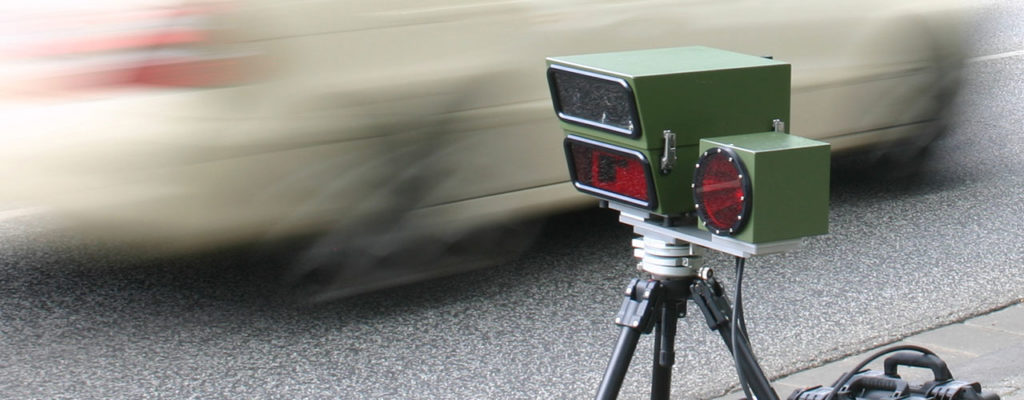
The system can concurrently detect multiple incidents on several lanes even when tailgating or changing lanes. Vehicles can also be detected in heavy traffic, as the system design excludes allocation errors. PoliScan’s LIDAR technology also eliminates the need for costly pavement installation of induction loops or piezo sensors. PoliScan defines a new generation in speed enforcement covering challenging traffic situations where other systems are inadequate. Unlike radar-based systems, it can be used along road works, on curved roads, and inside tunnels. A high resolution digital dual camera system ensures that all speeding vehicles in the measuring system’s tracking zone are concurrently captured. Violations are automatically attributed to specific vehicles and documented in a digital case file. Mobile or Tripod mounted PoliScan’s feature the same precise measuring technology as the stationary system and is easily installed into either the rear load space of a vehicle or at the front, adjacent to the driver. The system is ready for use without tedious site calibration. No additional triggering equipment such as light barriers is necessary.
We have seen how police use traditional radar as well as new laser technology to catch drivers speeding. As it turns out, conventional radar is relatively easy to detect. The simplest radar detector is just a basic radio receiver, something like the one you use to pick up FM and AM radio stations. The air is full of radio signals — they’re used for everything from television broadcasts to garage door openers — so for a receiver to be at all useful, it must pick up only signals in a certain range. The receiver in a radio is designed to pick up signals in the AM and FM frequency spectrum, whereas the receiver in a radar detector is tuned to the frequency range used by police radar guns.
Modern detectors include a light-sensitive panel that detects the beams from LIDAR. These devices are more difficult to evade than traditional radar because the beam is much more focused. By the time a detector recognizes the presence of the laser beam, the car is most likely in the beam’s sights already. Therefore it is a must to have a high quality, high sensitivity and fast reacting radar laser detector.
See our range of portable, windscreen mount radar laser detectors: CLICK HERE
Our range of custom installed, concealed models: CLICK HERE

